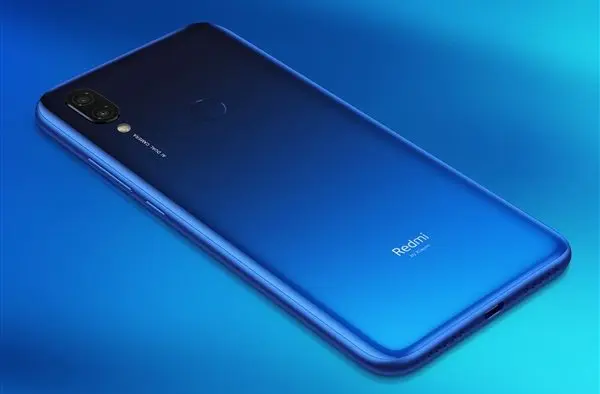Redmi, a subsidiary of Chinese electronic company, Xiaomi, has announced that it will no longer use liquid-crystal display (LCD) screens on its flagship phone series.
A high-ranking official of the Chinese company, Ethan Zang Yu disclosed this via a Weibo post yesterday.
According to him, Redmi, under its brand identity, is moving away from its high-end yet affordable characteristics and effecting this change on its flagship phone series including the Redmi Note and Redmi K, which are the company’s two most popular series of phones.
Ethan noted that the company has resolved over its display technology strategy that, “a flagship phone can only have an AMOLED screen.” He attributed the reason for the decision to some of the benefits of using AMOLED screens.
In his post, the Chinese company’s executive also acknowledged the request made by several Redmi phone users asking for LCD screens via Weiba and explained that the company is ultimately aimed at user and commercial successes as these are the basis upon which a products’ success is measured and not just a matter of matching specific user needs.
Ethan reminded the Redmi community of users that making a flagship was more difficult than merely replacing an AMOLED screen with an LCD screen as there are a myriad of challenges faced in the development of products, particularly in integrating display technologies.
While noting that many of them considered LCD screens to be better because of their lower tendency to flicker sensitivity, Ethan explained that the process of creating a flagship involves deep consideration of the design, engineering and market trends amongst other variables.
He wrote:
“Let me say this to those who want LCD phones. I have received your requests for LCD screen phones in the previous few Weibo posts. As a user who is sensitive to flicker, I can understand you all very well. But I hope you all know that the success of a product must be the intersection of user success and commercial success. Don’t fall into wishful thinking and self-admiration. Making an LCD phone is by no means as simple as replacing an LCD screen with a flagship phone. Product establishment is by no means easy. In addition, repeatedly refreshing the screen to prompt or hint is meaningless. Please understand.”
By this, Redmi would be adopting the use of AMOLED screens for a variety of reasons acknowledged by both OEMs and users who seemingly prefer Active Matrix Organic Light Emitting Diode (AMOLED) screens over other screen technologies because of its better colour accuracy, contrast ratios and ability to turn off pixels for absolute blacks which help t0 enhance the user experience through more vivid and dynamic visuals.
Also, by betting on only AMOLED displays on high-end series devices, Redmi would be joining other premium brands historically inclined towards using AMOLED for aesthetic and functional reasons even though it could turn out to be a slight disappointing for that subset of users who love LCDs in their phones. Ethan’s post however acknowledges their concerns but suggests Redmi’s strategy is focused on the broader market dynamics and the evolving preferences of most smartphone users.




